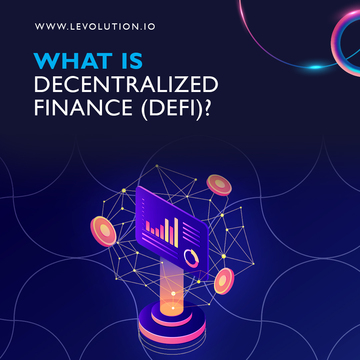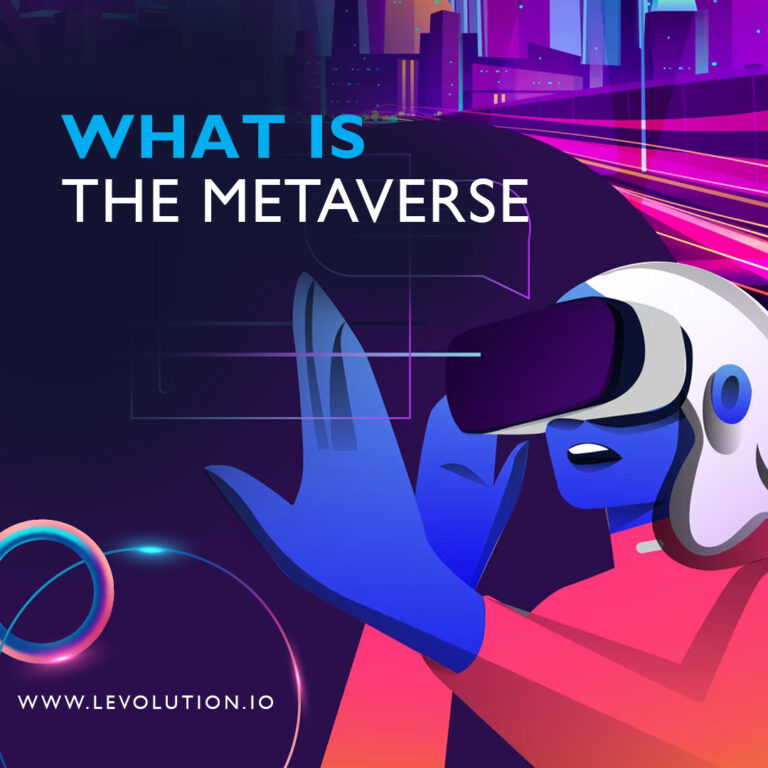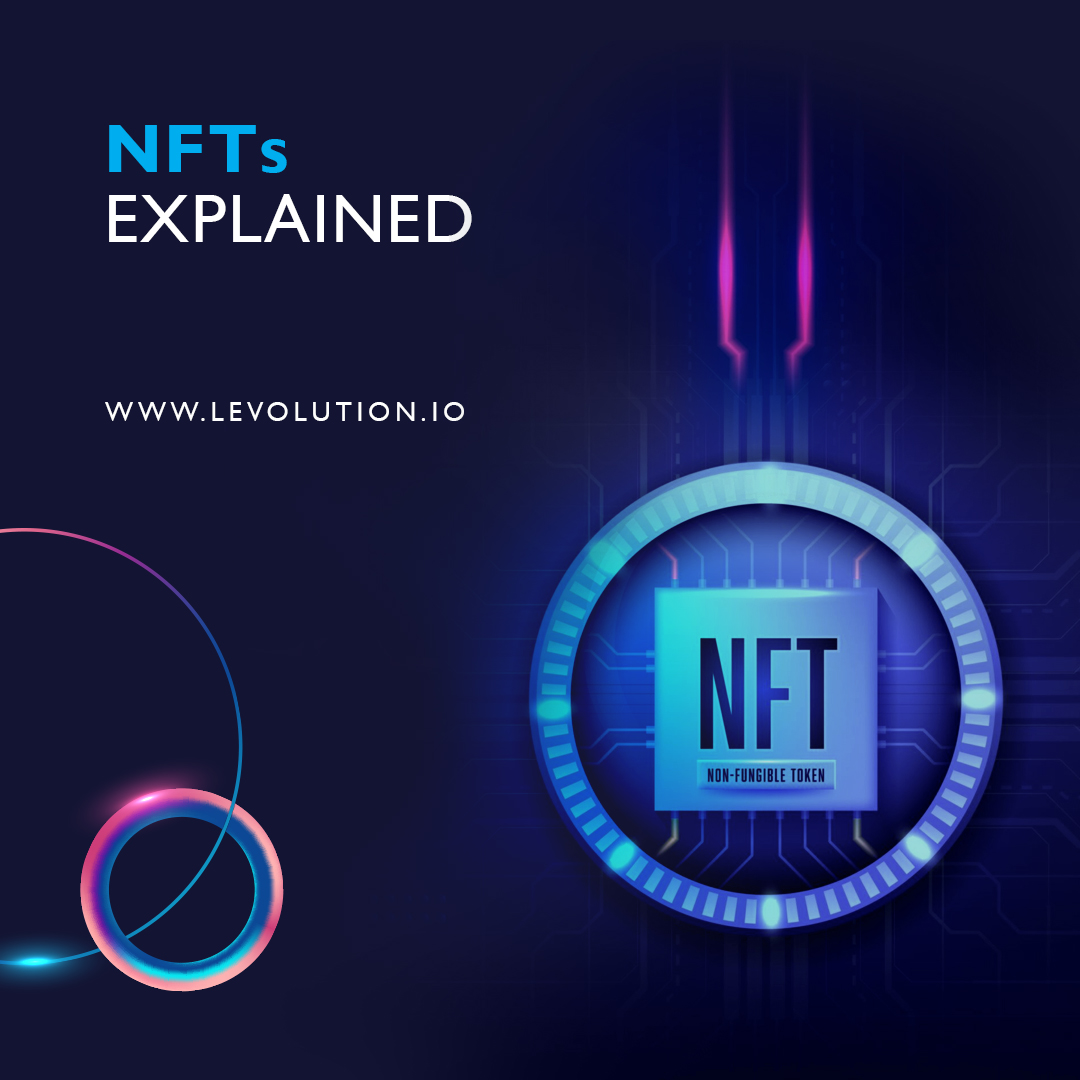Benefits of Decentralized Finance
Decentralized Finance takes advantage of blockchain technology to increase financial security and transparency and unlock the liquidity and growth opportunities offered by it. It also supports an integrated as well as standardized economic system.
That being the case, here are some of the key benefits to decentralized Finance (DeFi).
Programmability
DeFi essentially employs programmable smart contracts that have the ability to automate the execution of processes and, as such, enable the creation of new financial instruments alongside digital assets.
Immutability
We have tamper-proof data that coordinates across a blockchain’s decentralized architecture, which increases the security and suitability.
Interoperability
In this case, we’ll be looking at Ethereum. Ethereum has a software stack.
This stack is developed to ensure that DeFi protocols, as well as applications that are built on it, can integrate and complement one another. Developers and teams have the flexibility to build on top of the existing protocols and customize their interfaces alongside implementing third-party applications.
Transparency
Again, we’ll be looking at Ethereum’s blockchain. In this case, every single transaction needs to be broadcast as well as verified by other users on the network. This level of transparency around the transaction data allows for rich data analysis and network activity that is always available.
Permissionless
DeFi is defined by open as well as permissionless access. In other words, anyone who has a cryptocurrency wallet and is connected online can access DeFi applications. This can be done from anywhere in the world, with only a minimum amount of funds required.
Self-Custody
Through the usage of Web3 wallets such as MetaMask, users can interact with permissionless financial applications as well as protocols and always keep custody of their assets and control of their personal data.
When you look at some of the most popular projects out there in the DeFi space, they are lending protocols such as Aave, Maker, and Compound.
These are protocols that give you an opportunity to borrow cryptocurrencies in an instant. They even offer large amounts if you can manage to prove that you can pay back the loan within a single transaction. You can earn interest as well.
Furthermore, you have Uniswap, which is this decentralized exchange that provides users with the opportunity to trade any Ethereum-based token out there and earn money if they add liquidity to a specific token’s market.
DeFi also works with synthetic assets, such as Synthetix’s tokenized assets or Maker’s decentralized stablecoin, known as DAI. The protocol algorithmically determines their value.
DeFi Components
DeFi saw its true boom in 2020 and brought an influx of projects into the cryptocurrency sphere.
When we look at its history, after 2017, a number of ecosystems such as Compound Finance as well as MakerDAO gained a lot of popularity and added additional financial functionality for cryptocurrencies and decentralized Finance (DeFi) as a whole.
Layer One
Layer one is essentially the blockchains that the developers build on and is where DeFi applications and protocols are actually deployed. The main rivals to Ethereum include Polkadot, Binance Smart Chain, Solana, Tezos, and Cosmos.
With healthy competition comes a plethora of benefits, including the race for improved speeds as well as lower fees, which are based on the performance of these competing blockchains.
Aggregators and Wallets
These aggregators can be seen as the interface where users can interact with the DeFi market. They are decentralized asset management platforms that automatically move cryptocurrency assets of users across different yield-farming platforms with the intention of simply generating the highest possible returns.
These cryptocurrency wallets are the location where digital assets are held and moved from and to. They can store a multitude of cryptocurrency assets and come in a wide variety, such as software hardware or even exchange wallets.
Decentralized Exchanges (DEXs)
Decentralized exchanges allow users to trade digital assets in a non-custodial way, without any need for an intermediary or a third-party service.
DEXs let you hold assets away from a centralized platform and still allow you to trade at any time from your wallet through transactions that involve blockchains.
Then you have automated market makers, a specific type of decentralized exchanges that became popular in 2020, and use smart contracts and liquidity pools that facilitate the purchase and sale of cryptocurrency assets.
Most of the time, you will find that these decentralized exchanges are built on top of blockchains, making their compatibility specific to the technology they are developed. So if you use a decentralized exchange that is built on Ethereum, it will facilitate the trading of ERC-20 assets.
Decentralized Marketplaces
The decentralized marketplaces allow users to transact with one another in a trustless way, which means that they do not require an intermediary. For example, Ethereum is the top blockchain when it comes to facilitating decentralized marketplaces. However, it is far from the only one as many others exist as well. Some of them even specialize in the trade of specific assets such as non-fungible tokens (NFTs).



